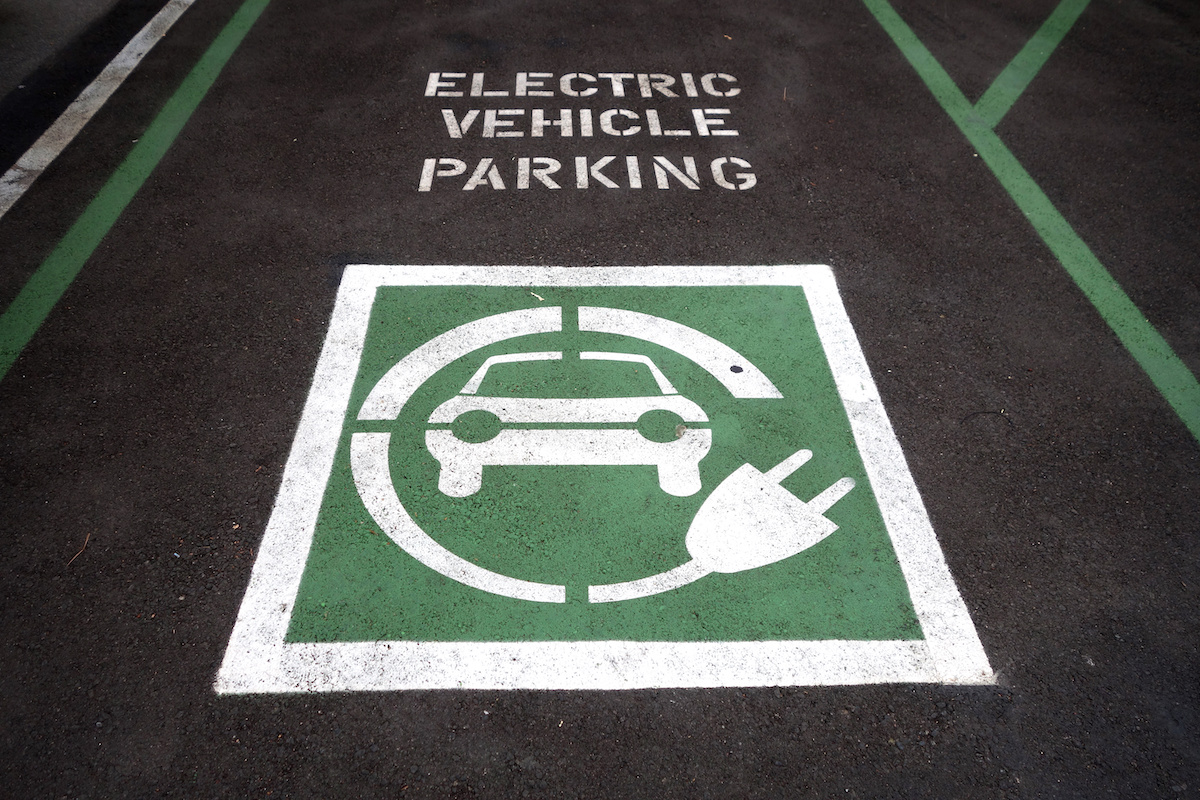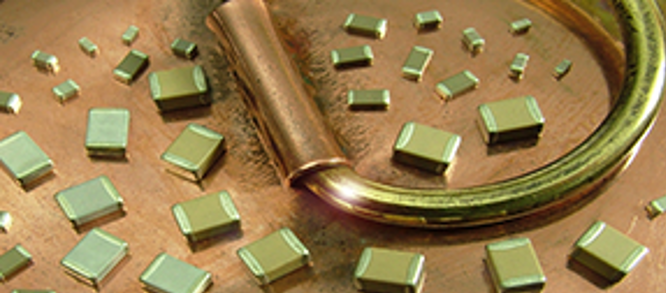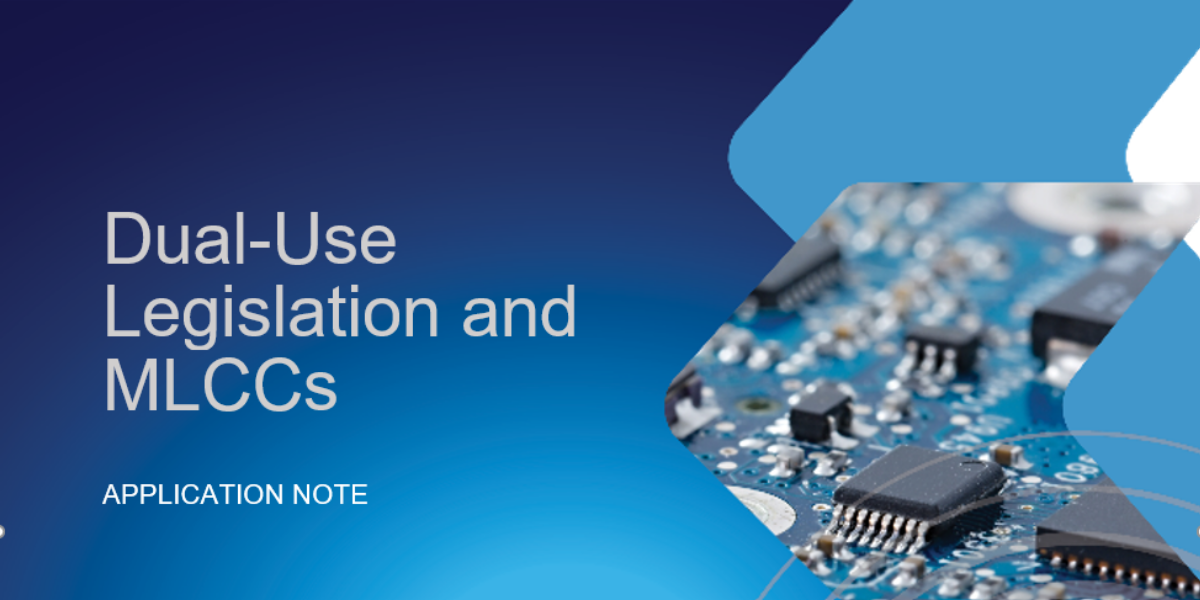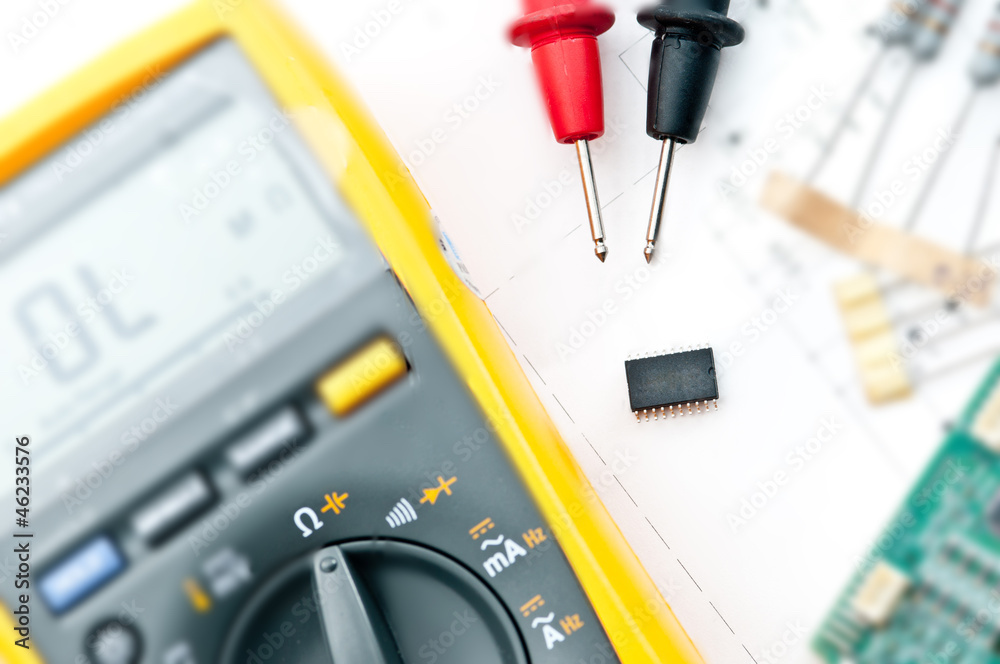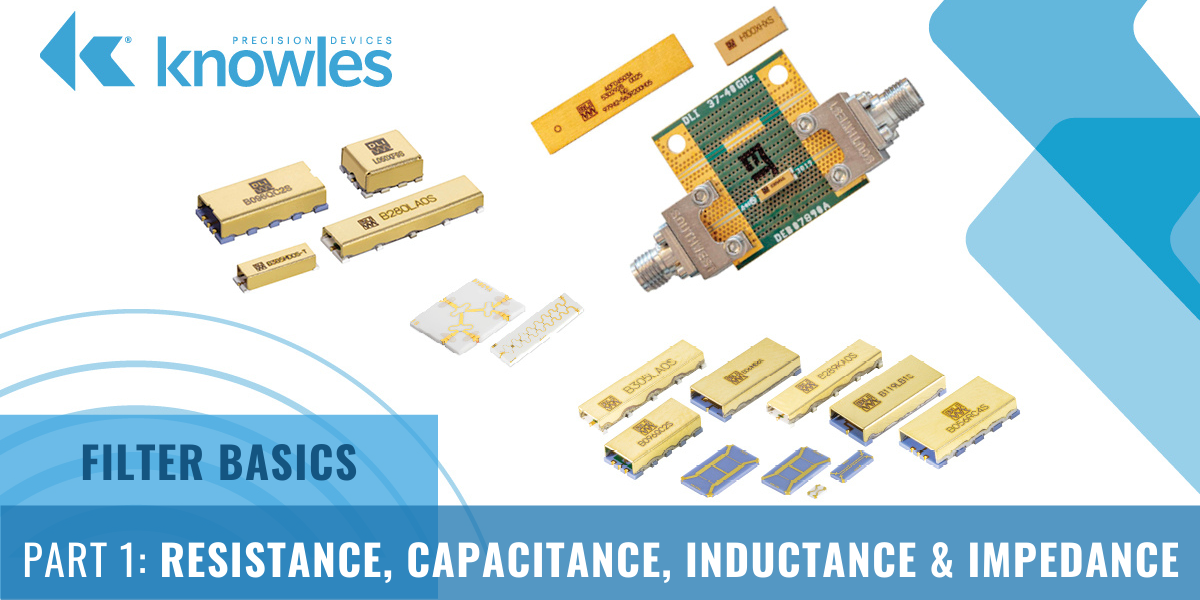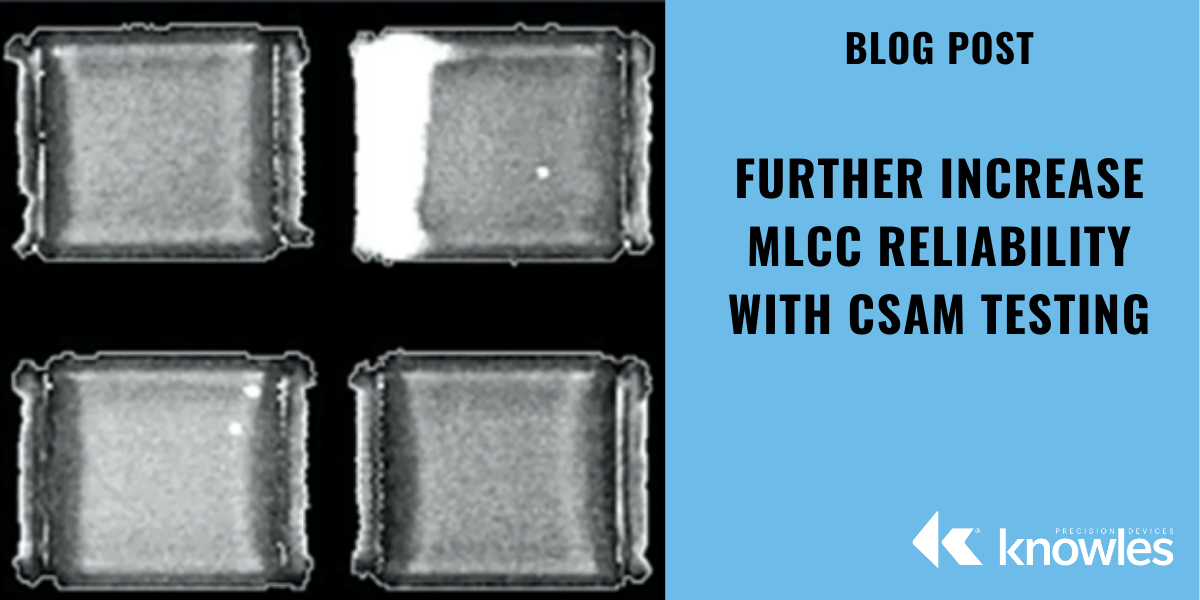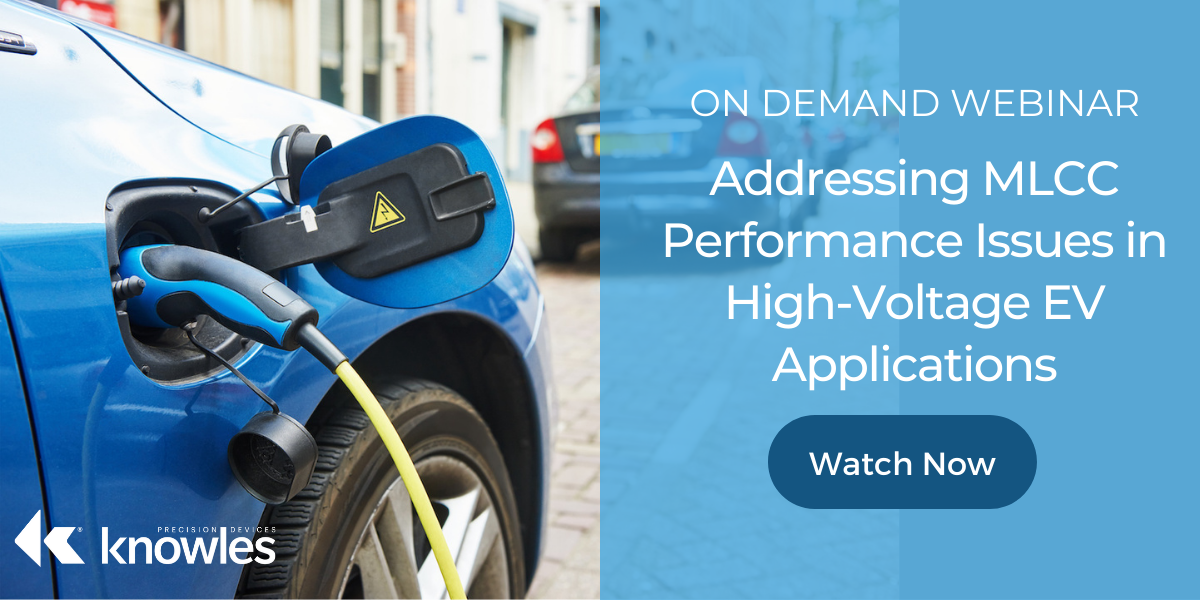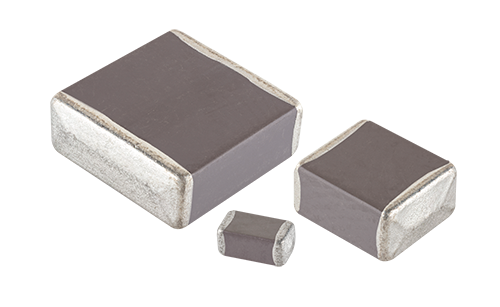In a previous article about electric vehicles (EV), we talked about using DC link capacitors as an intermediary buffer in power converters. Today’s topic covers another useful power module component – the snubber capacitor. Snubbers are energy-absorbing circuits used to protect electronics from voltage spikes and transients caused by turning a switch from the On to Off state. Opening a switch intrinsically induces a high voltage across the device, and the snubber provides an alternate flow path for the excess energy to be absorbed by the snubber capacitor and dissipated by a resister or other load.
Looking Closer at Snubber Capacitors in Electric Vehicles
Topics: Capacitor, Automotive, Electric Vehicles
Medical Imaging Quality Starts by Selecting the Right Components
Healthcare professionals and patients rely on magnetic resonance imaging (MRI) technology to examine soft tissues and organs in the body to detect a variety of issues, from degenerative diseases to tumors, in a non-invasive manner. To do this, the MRI machine uses a strong magnetic field and computer-generated radio waves to produce cross-sectional images. Thus, the quality of the MRI depends on the uniformity of the magnetic field – even the smallest trace of magnetism inside an MRI scanner can disrupt the field and degrade the quality of an MRI image.
Are You at Risk of Violating International Dual-Use Export Laws?
Today, many electrical systems are demanding higher operating voltages and temperatures, along with higher capacitance values – particularly in the fast-growing area of power electronics for electric vehicles (EVs). Therefore, electrical design engineers are looking to use multilayer ceramic capacitors (MLCCs) in these applications due to their inherent low inductance and wide operating temperature range.
Topics: Capacitor, Electric Vehicles
Impedance, measured in ohms, extends the concept of “opposition” to alternating current (AC) applications. It accounts for resistance, the opposition of current flow, and reactance, the measure of opposing alternating current – an effect of inductance and/or capacitance. In direct current (DC) applications, we talk in terms of resistance, not reactance. Chances are: This isn’t new information. But there’s a reason we wanted to cover this topic – impedance values play an important role in capacitor selection.
Topics: Capacitor
Capacitors in Space: Specifications for High-Reliability
Space missions present a unique set of environmental challenges that demand high reliability down to the smallest electronic components. Mission failures could cost human lives. From in-flight systems to power supplies, every single system contributes to the success of a space project, so they must maintain high quality and safety standards for long durations.
Topics: Capacitor, Military and Aerospace, High Reliability
Looking Closer at Filter Capacitors in Electric Vehicles
In electric vehicle (EV) applications, filter capacitors are a special type of component commonly used as input and output capacitors. Also known as noise suppression or electromagnetic interference (EMI) filters, these particular capacitors act to remove noise and other unwanted signals on the line. On the high voltage alternating current (AC) side of a system, the capacitors often provide EMI filtering, whereas on the direct current (DC) side of a subsystem, they serve to smooth ripple components of the AC and filter out noise.
Topics: Capacitor, Automotive, Electric Vehicles
Filter Basics Part 1: Resistance, Capacitance, Inductance, and Impedance
To help customers with filter selection, we generally provide a lot of information on what our filters can do. But in this new Filter Basics Series, we are taking a step back to cover some background information on how filters do what they do. Regardless of the technology behind the filter, there are several key concepts that all filters share that we will dive into throughout this series. By providing this detailed fundamental filter information, we hope to help you simplify your future filtering decisions.
To kick-off this series, our first post breaks down the basic properties impacting capacitor and inductor performance including resistance, capacitance, inductance, and impedance.
When an electrical device fails, oftentimes, the root cause can be traced to a field failure of a capacitor. While it is rare for the failure to be caused by a capacitor defect that was introduced during manufacturing, it can happen. This is especially true when multi-layer ceramic capacitors (MLCCs) are used versus other more simplistic capacitor types such as single-layer capacitors (SLCs) since the manufacturing process involves stacking many layers of dielectric and electrodes on top one another.
Topics: Capacitor, High Reliability
Webinar: Addressing MLCC Performance Issues in High-Voltage EV Applications
In recent years, multilayer ceramic capacitors (MLCCs) have emerged as an excellent capacitor option for the high-power electrical systems needed in electric vehicle (EVs) due to their small physical size, low inductance, and ability to operate at higher temperatures. However, EV engineers are facing two big challenges with using MLCCs including DC bias that can cause capacitance loses of 80 to 90 percent of their quoted value and self-heating issues from AC ripple that can lead to inefficiencies in circuits as well as increased cooling demands.
Topics: Capacitor, News and Events, Electric Vehicles
New Low Loss, Ultra Stable High-Capacitance MLCCs for Power Electronics
Many power electronics today are being designed for use in high-temperature, high-voltage environments, such as inside electric vehicles (EVs). However, size, weight, and power (SWaP) are also key factors driving electronic product development. These conflicting design criteria are an issue for many electrical engineers because space is not available to simply add a cooling system, as this will add weight and increase the product’s overall footprint. Therefore, many of these electronic components are susceptible to “running hot” at the high temperatures and high voltages used in these tiny spaces.
Topics: Capacitor, Electric Vehicles, High Reliability

